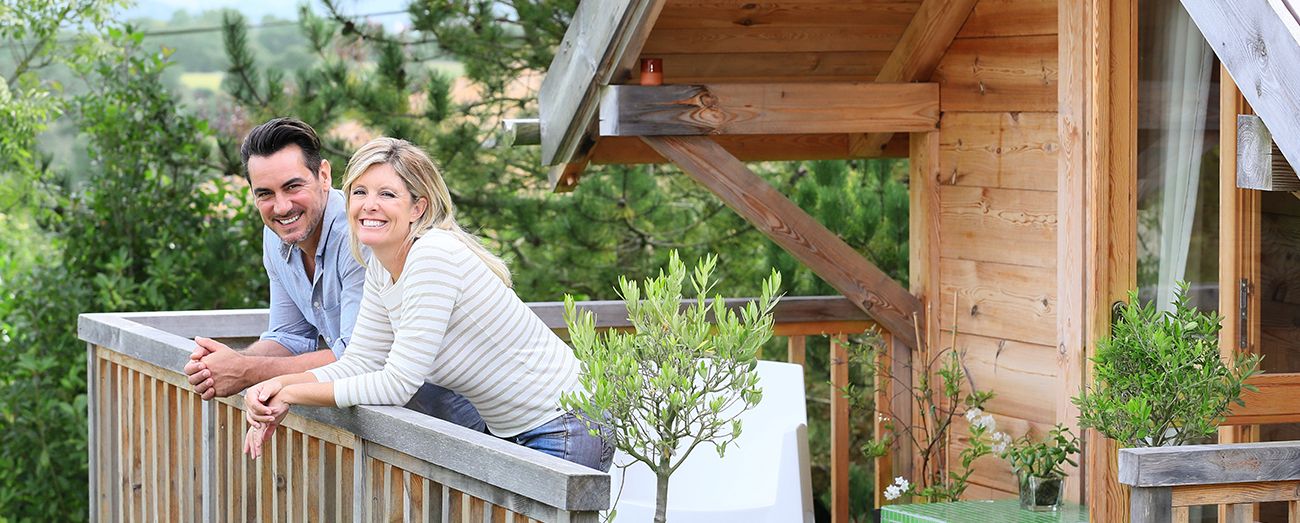Do you live in the city and head out every weekend to enjoy the fresh country air? Good for you! Nothing beats the peace and quiet of a cottage where you can relax and unwind! But is your second home properly insured? In this article, Assurances Multi-Risques would like to offer a few tips to help you make sure it is.
The difference between a second home and a seasonal residence
First, for a second home to be classified as secondary by an insurer, it must not be unoccupied for more than 30 consecutive days. It must also be accessible by road twelve months a year, otherwise the insurer may decide not to insure it.
In addition, it is important to know that underwriting standards can vary from one insurer to another. By underwriting standards, we mean eligibility criteria. Eligibility criteria are the criteria that insurers set to decide whether or not to insure you. If the insurer’s criteria are not met, the insurance company will only agree to insure the second home as a seasonal residence.
Assurances Multi-Risque would also like to inform you that insurance coverage is more extensive for second homes than for seasonal homes. Why? Simply because the occupancy rate is higher. With a higher occupancy rate, the insurer considers the risk to be lower and is therefore more inclined to offer comprehensive coverage. Most insurers agree to cover a second home with comprehensive coverage, commonly referred to as “all risks.” Also, note that theft is usually covered for a secondary residence. With regard to seasonal residences, the insurer will agree to cover theft and burglary, but through special coverage (endorsement). To obtain this coverage, it is necessary to pay a premium, which is generally high given the extent of the risk.
What is included in the insurance policy for a second home
When an insurer agrees to insure a home as a second residence, the insured benefits from several types of coverage included in the contract. This means that furniture is insured (contents) as well as outbuildings (sheds, storage rooms, or separate garages). Living expenses (additional costs incurred during a claim) are also included in the contract. If you wish, you may also be eligible to add additional coverage for water damage. By paying an additional premium on your insurance contract, you will be covered for above-ground water damage as well as below-ground water damage, including sewer backup.
It can sometimes seem difficult to find an insurer for a second home or seasonal residence, since not all insurers agree to cover this type of residence. Most insurers require you to have primary residence coverage before they will insure your secondary residence. To avoid searching endlessly for the right insurer who will agree to cover your second home, contact our independent insurance brokers. At Assurances Multi-Risques, we work with several insurers. We shop around for your home insurance to find you the best deal on the market. We provide appropriate insurance advice so that you can benefit from maximum insurance coverage for your cottage. With us, your outdoor vacation starts here!
